
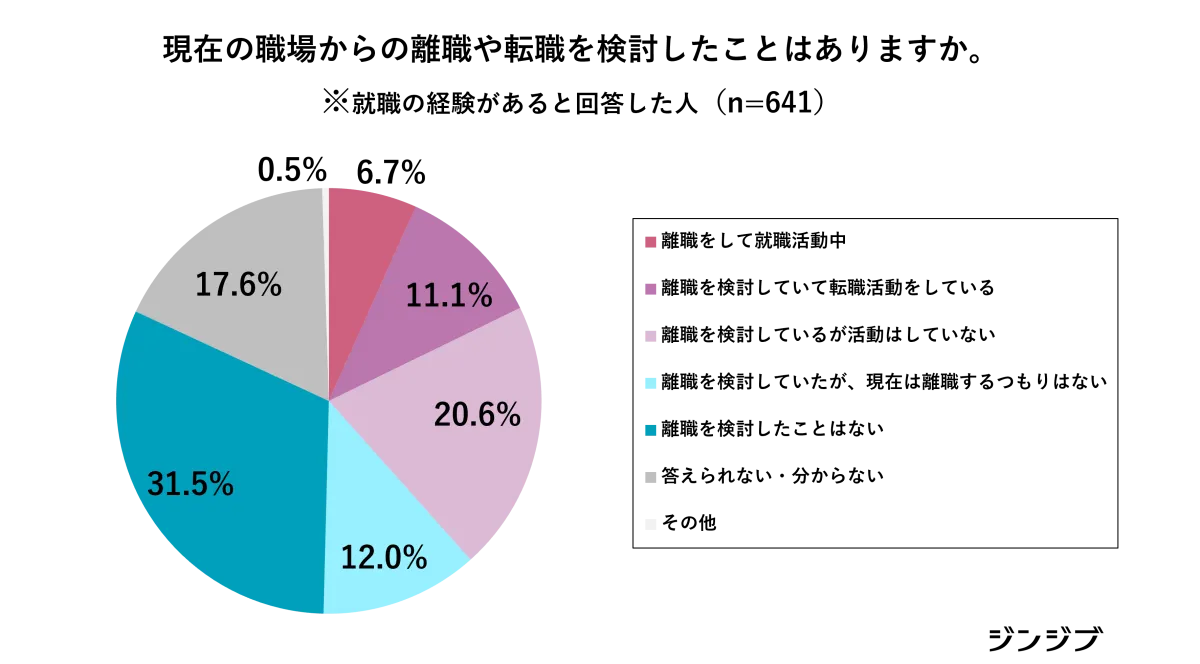
Survey Reveals Nearly 40% of High School Graduates Seek Career Changes in Japan
Overview of Career Transition Trends Among High School Graduates
A recent survey conducted by Jinjib, a company based in Osaka that supports high school students transitioning into the workforce, sheds light on the career attitudes of 18 to 26-year-olds who have graduated from high school. The survey spanned from October 21 to October 28, 2024, and included responses from detailed analyses of their job situations post-graduation.
Key Findings
According to the results, while 60% of high school graduates are currently employed in the same company as permanent staff, only about 18% of them have made a career change. Interestingly, individuals who have experienced internal transfers were found to have higher incomes, suggesting that career advancement within the same company is beneficial. Nearly 38.4% of respondents indicated a desire to change jobs, highlighting the significant interest in career transitions among this demographic.
The survey also pointed out that barriers to career transitions include a lack of information and insufficient self-analysis regarding their career paths. Despite the need for individualized support, only 17% of respondents reported utilizing job placement services.
Detailed Survey Results
The survey involved 800 participants aged between 18 to 26, focusing on their career directions post-high school. The results illustrated a diverse range of career trajectories:
- - Current Employment Status: Among those who have started working, approximately 48.6% are still employed at the same company, while 18.2% have changed jobs.
- - Job Types and Stability: Of those employed, 59.6% of permanent staff are still with their original employers. In contrast, 17.3% moved to different companies, while a small portion, 8.8%, shifted to part-time roles. A notable trend is seen in part-time workers, with 42.2% continuing in similar roles elsewhere.
In terms of economic viability, the survey gathered insights into the current salaries of these graduates:
- - Annual Income Breakdown: The most common salary range for high school graduates still in their original jobs is between ¥3 million to ¥4 million, while those who transitioned to different roles typically report incomes between ¥4 million to ¥5 million. Alarmingly, repeated job changes tend to be associated with decreasing salary averages.
Reasons for Job Change Interest
Regarding those considering a career transition:
- - A significant portion, 23.5%, cited personal growth opportunities as their motivation for wanting a change in jobs. Meanwhile, 22.3% expressed concerns about the future security of their current employers and approximately 17.6% mentioned dissatisfaction with their salaries and benefits.
- - It's noteworthy that while many graduates show intent to change jobs, only 17.8% are actively engaged in the job search process.
Hurdles Faced in Job Changes
An examination of the challenges faced by high school graduates reveals:
- - Self-Doubt: Many express concerns about finding suitable jobs and lack confidence in their skills. The top reasons for not pursuing new opportunities include uncertainty about their job fit and personal direction.
- - Support Needs: The majority of respondents indicated they would benefit from career counseling to identify suitable professions, with 24.3% wanting help in finding vocations that match their skill sets. Many also expressed a desire for emotional support during this career transition period.
Conclusion
This survey uncovers a vital narrative about the aspirations and challenges faced by high school graduates embarking on their career journeys in Japan. Despite their desire for change, significant barriers remain, particularly regarding access to tailored career guidance and services. The data signals a call for improved support structures, including enhanced job placement services and greater industry acknowledgment of the high school graduate demographic, to facilitate smoother transitions into fulfilling careers.
Jinjib aims to bridge these gaps by providing comprehensive career education and ongoing support to help recent graduates navigate their future in the workforce effectively. This approach recognizes the potential within the 'second graduate' demographic and leverages it to address broader workforce challenges in Japan’s dynamic job market.
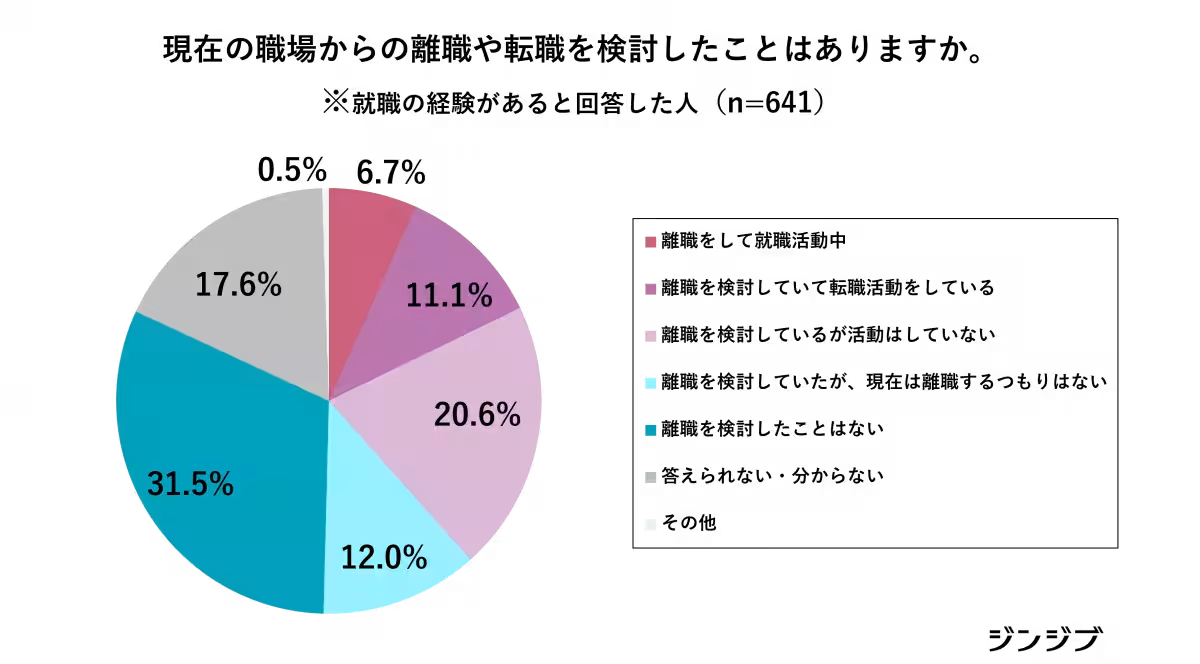
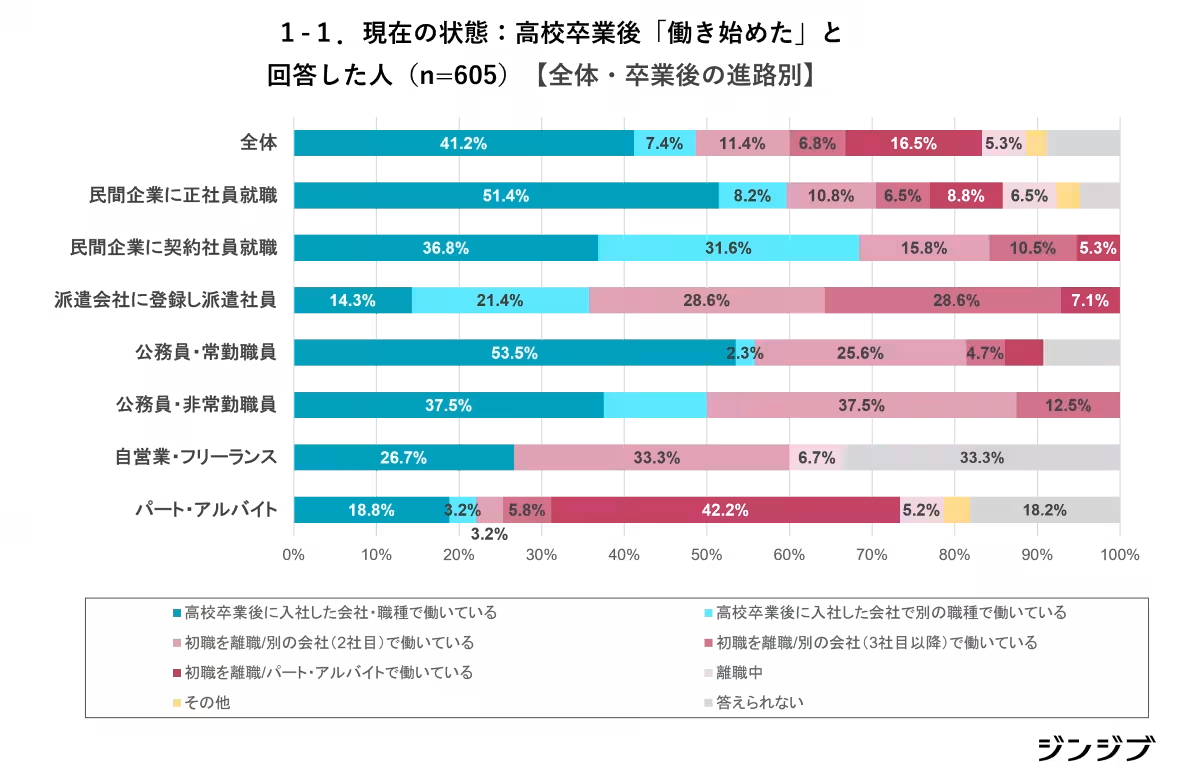


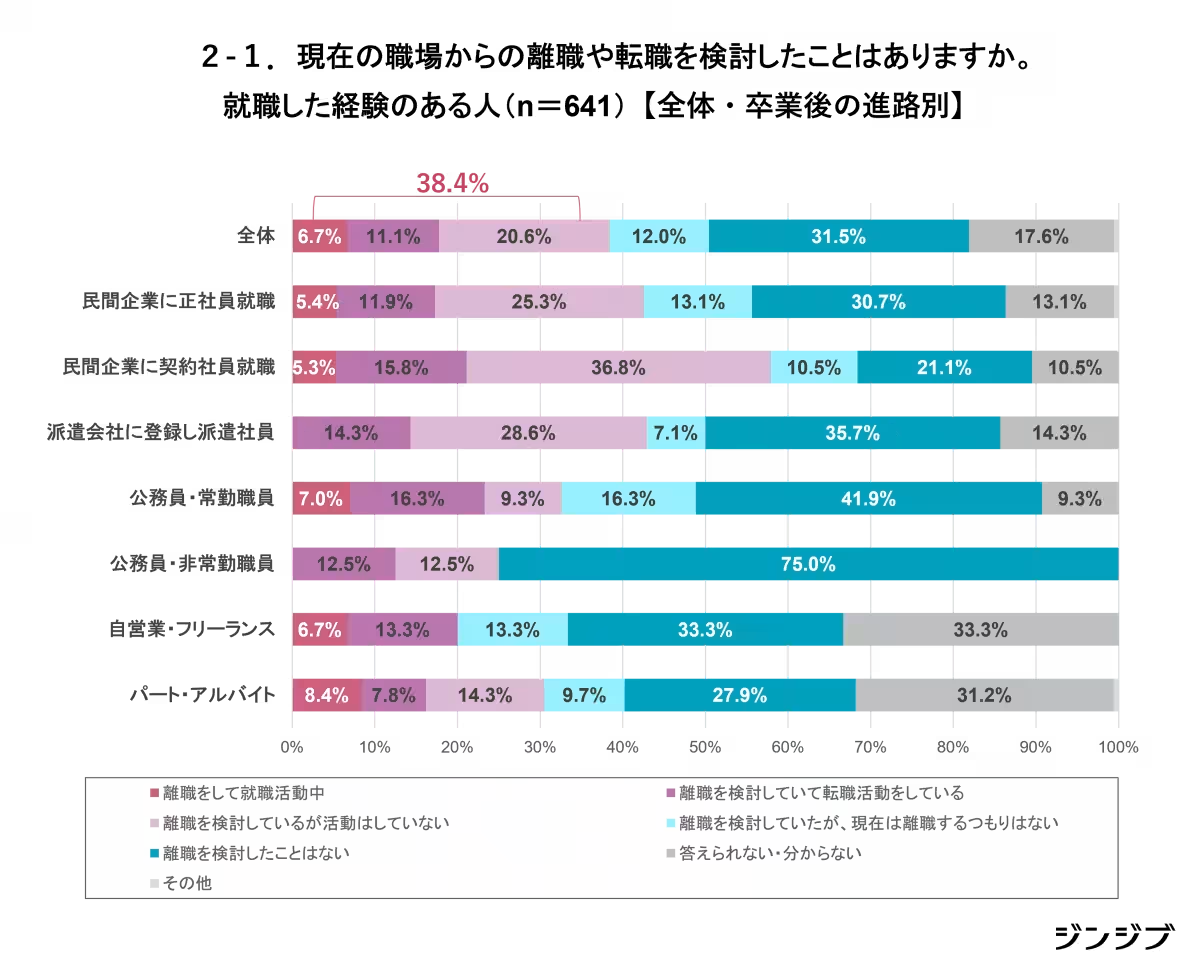

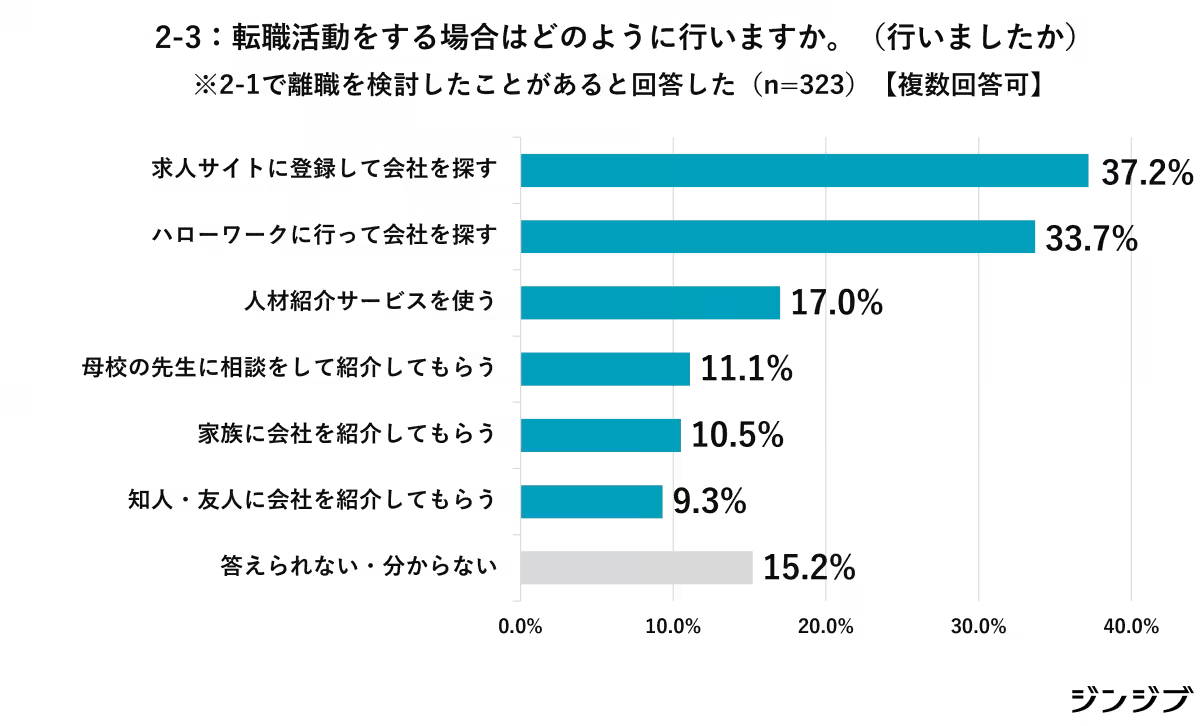
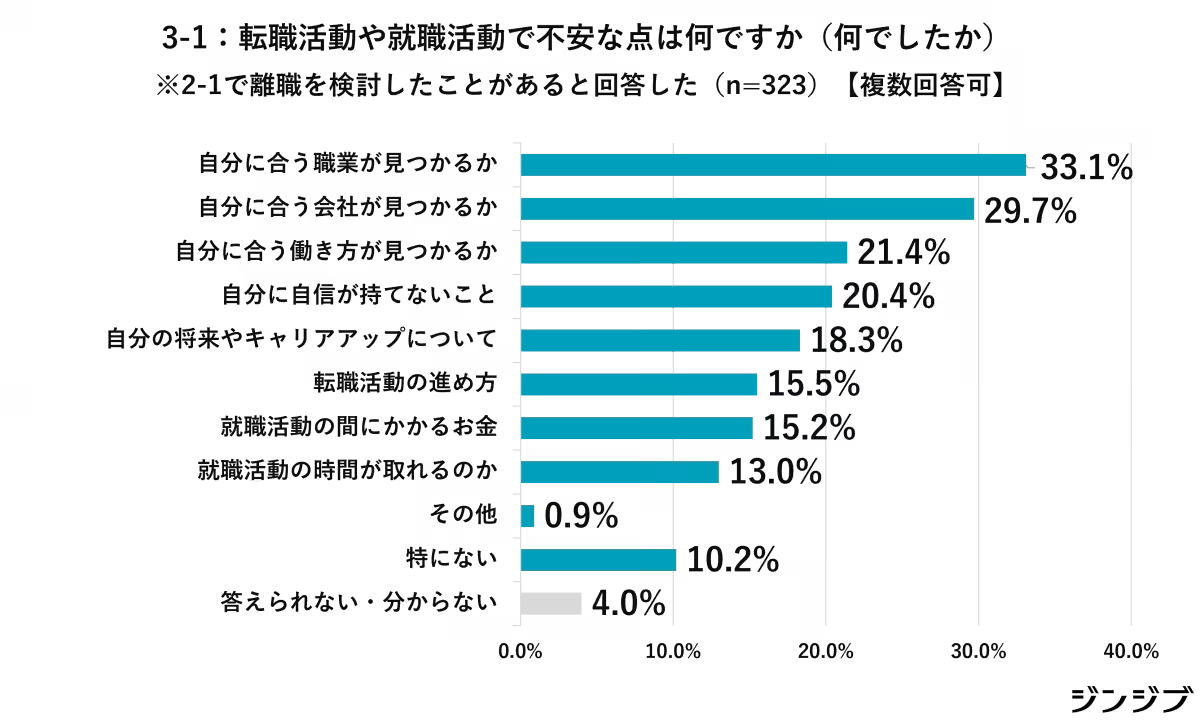
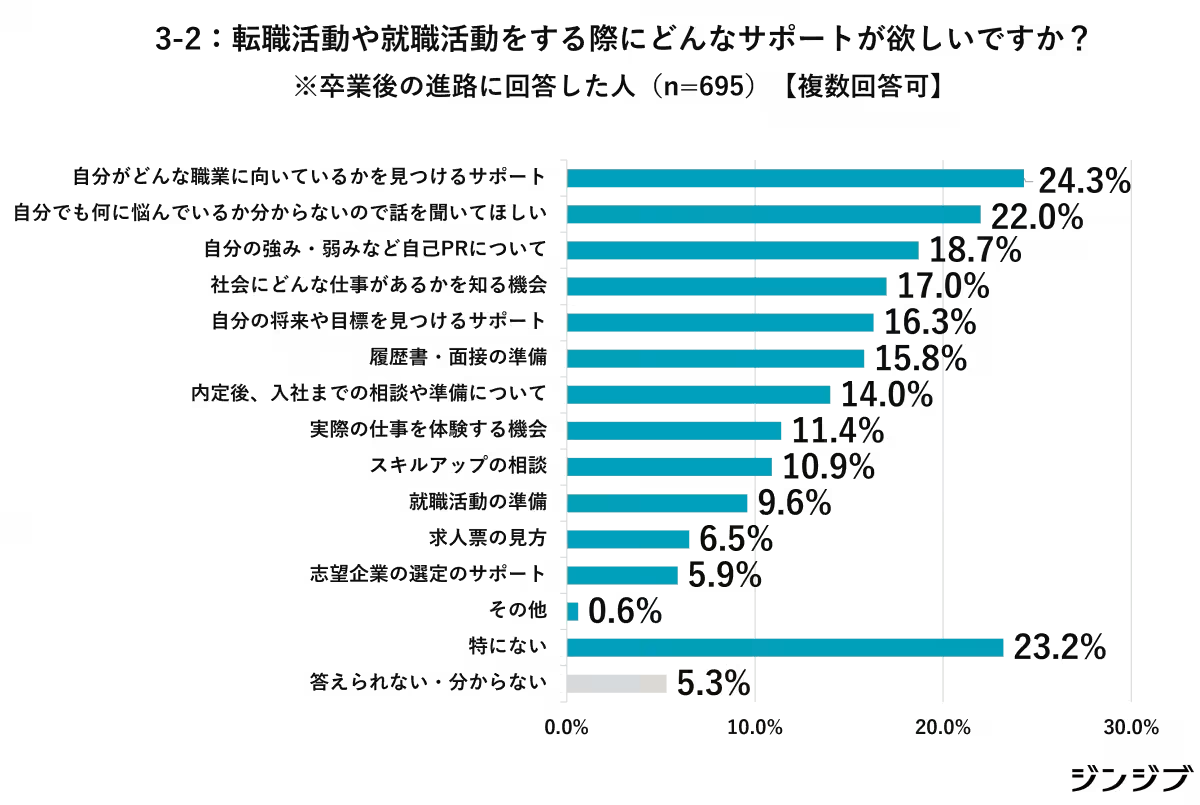
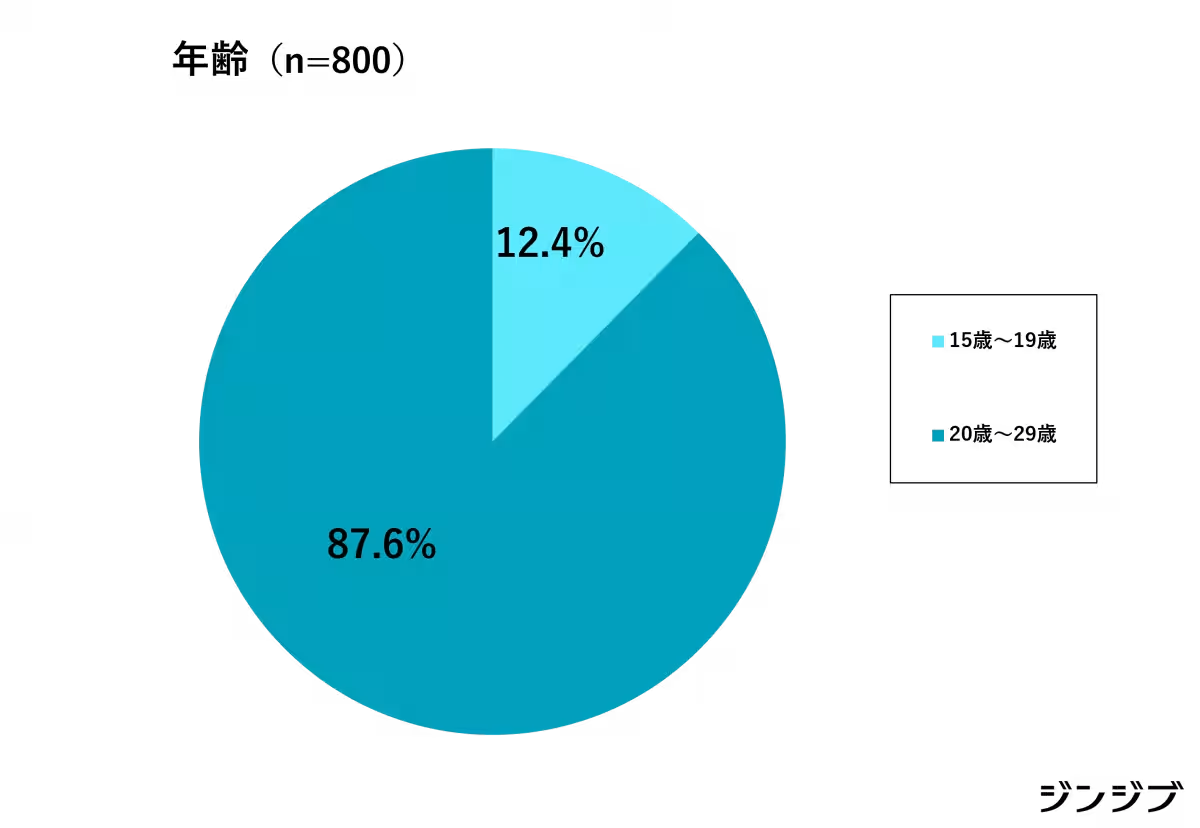


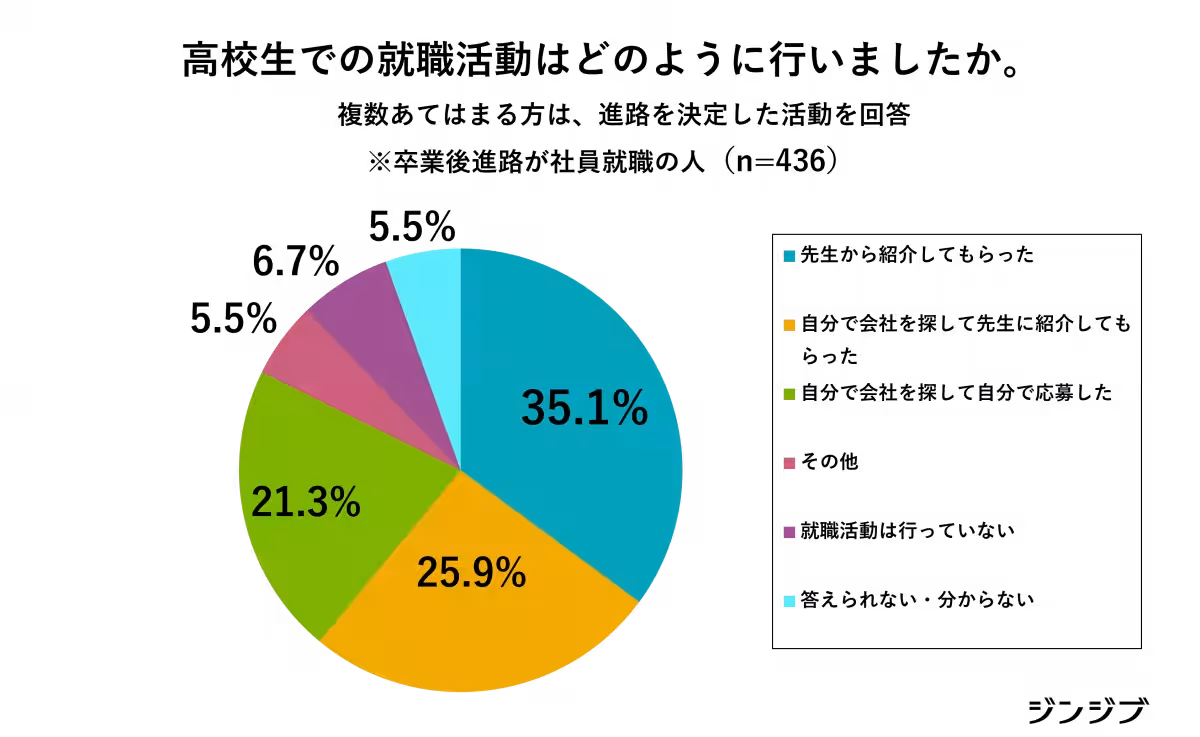
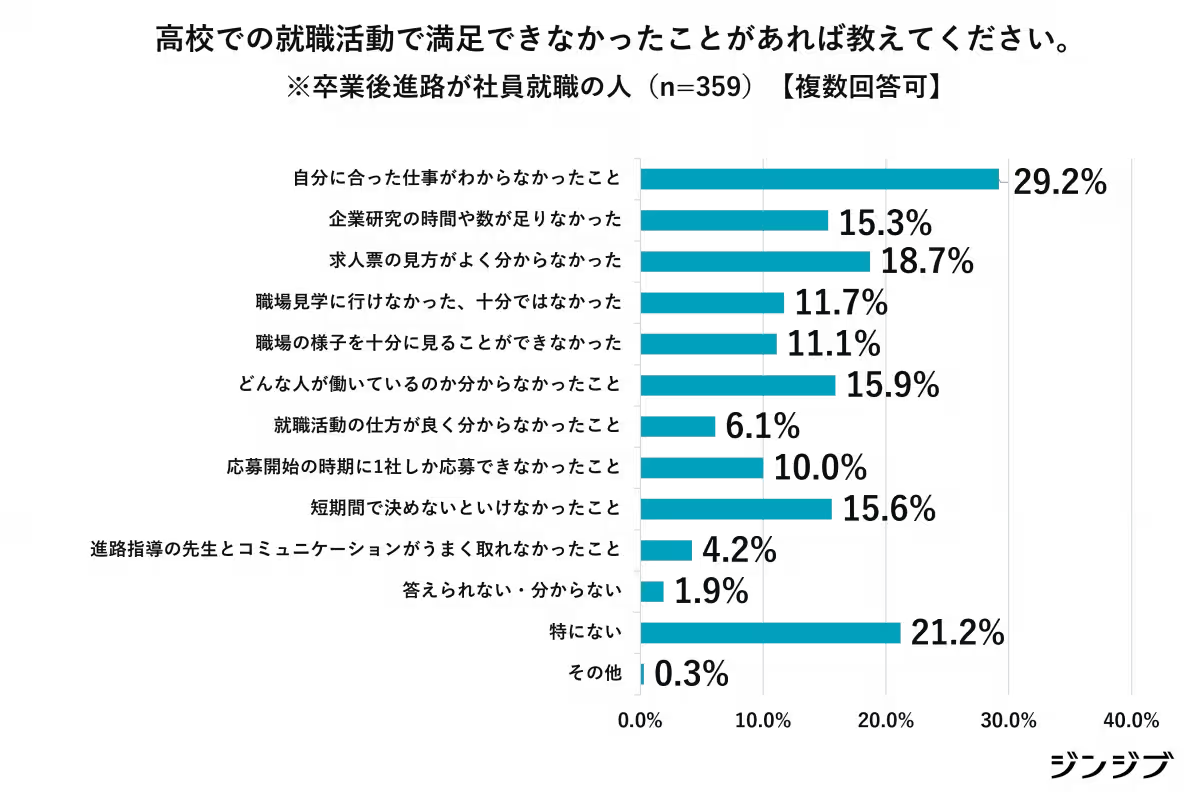
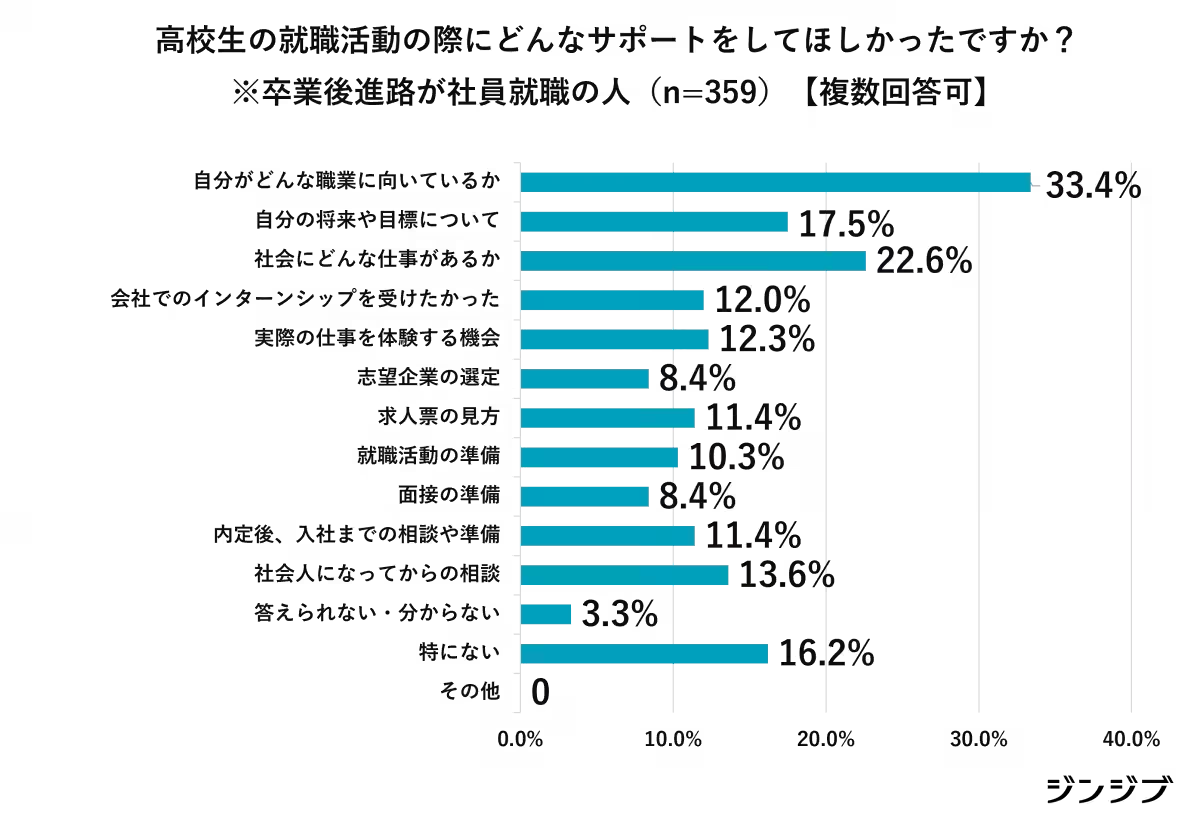
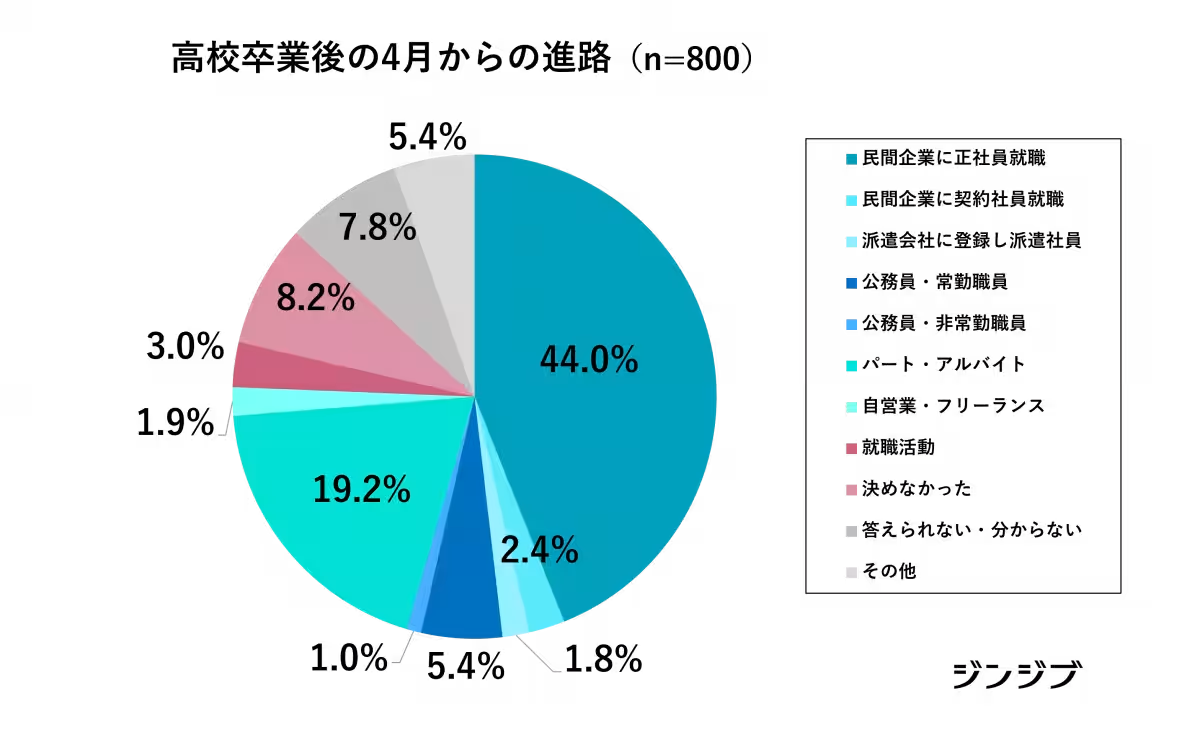
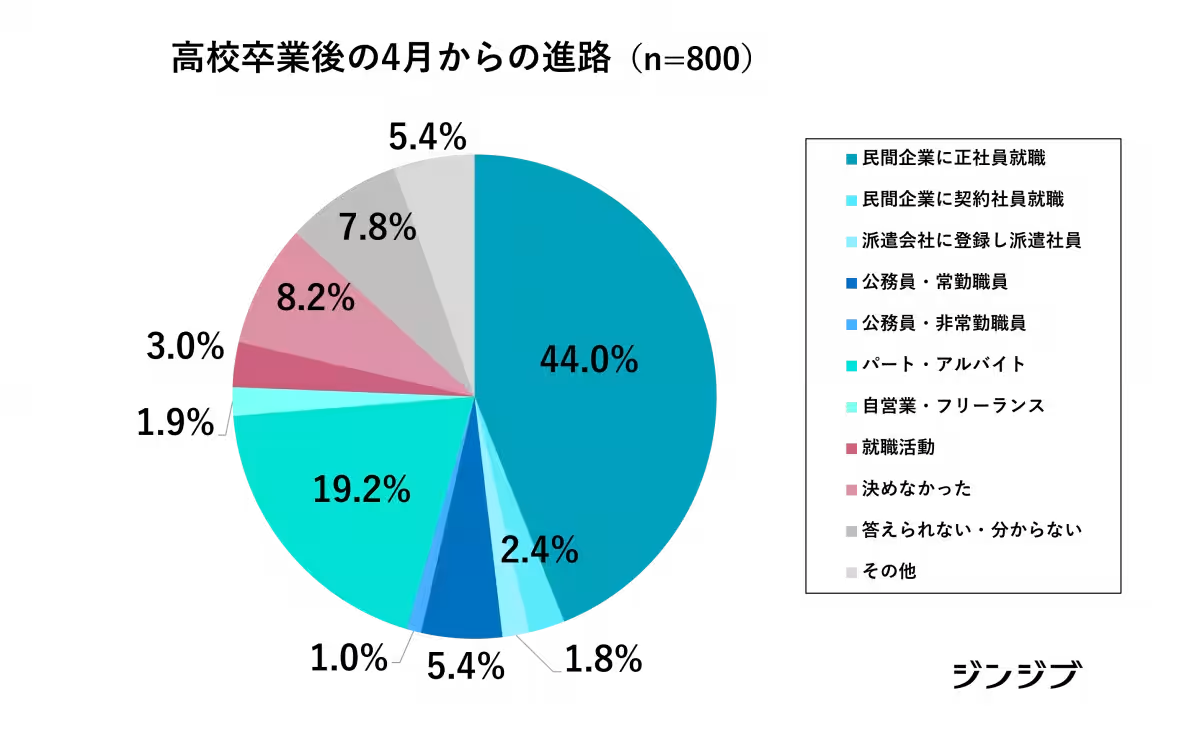
Topics People & Culture)










【About Using Articles】
You can freely use the title and article content by linking to the page where the article is posted.
※ Images cannot be used.
【About Links】
Links are free to use.